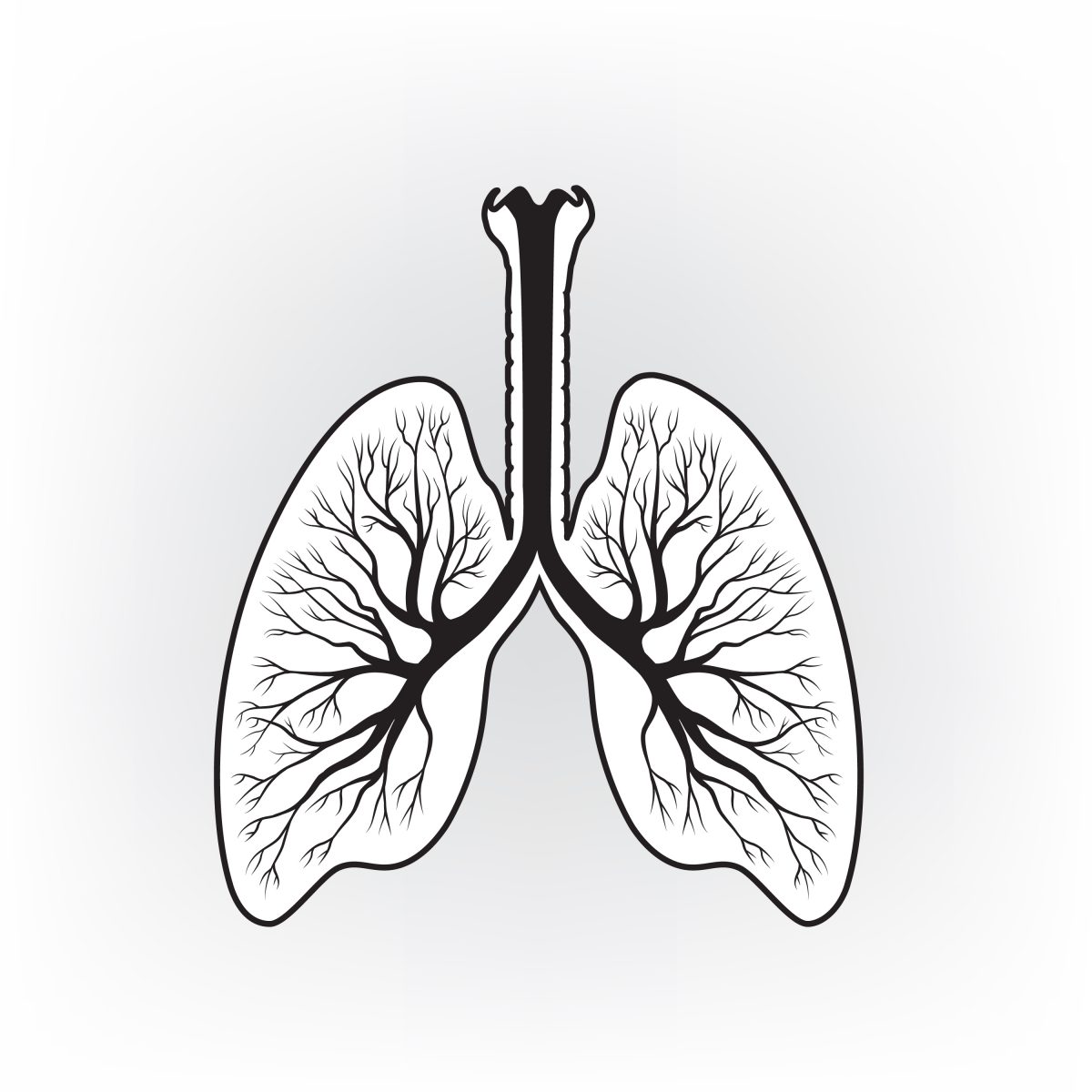New Imaging Method Could Improve Pulmonary Hypertension Management in Scleroderma

Scleroderma patients with pulmonary arterial hypertension (PAH) who respond well to treatment have more lung artery side branches than patients who respond poorly, according to a study.
A milestone in the study was that researchers used an imaging method that had never been used in a scleroderma study. It allows physicians to look inside lung blood vessels.
Another study finding was that a surprisingly large number of patients had lung artery blood clots, suggesting that this type of imaging could help identify patients who need anticoagulant treatment.
The research, “Optical coherence tomography evaluation of pulmonary arterial vasculopathy in Systemic Sclerosis,” was published in the journal Scientific Reports.
Optical coherence tomography is an imaging method used during right heart catheterization — the procedure used to diagnose PAH and other forms of high blood pressure in the lungs. The tool allows physicians to image very small vessels — smaller than 2 mm (0.08 inches) — from the inside.
Most of our knowledge of disease changes in lung arteries has come from examining diseased patients or tissue samples. But researchers at the Royal Free London NHS Foundation Trust in the United Kingdom thought the new imaging method could provide additional information on what is going on in the lungs of scleroderma patients with PAH.
The team recruited 22 patients with scleroderma, then gave them a right heart catheterization examination. Five patients showed no evidence of PAH, but the remaining 17 were diagnosed with PAH.
Comparing patients with and without PAH revealed that those with elevated blood pressure had a thicker inner layer of lung arteries than scleroderma patients with no lung disease. PAH patients also tended to have fewer side branches in their arteries.
When researchers compared scleroderma patients who responded well to PAH treatment with those who had shown a poor response, they discovered that the responders had a significantly higher number of side branches.
The research also showed that a fourth of the scleroderma patients with PAH had blood clots in their lung arteries. In three of them, or 19 percent, previous examinations using other methods had not detected the clots.
In addition to its disease-related findings, the study indicated that optical coherence tomography would be a good way for doctors to check for lung hypertension in scleroderma patients. It would also be a good way to identify subgroups of patients who could benefit from anticoagulation treatment, the researchers said.






